Key Takeaways: 2016 Predictions Webinar
The transfer of power from companies to the customer is driving a wide variety of changes: some small and targeted and some that are far-reaching and fundamentally change the trajectory of companies (and careers, I may add).
I had the pleasure of moderating a video webinar last week that explored the customer dynamic, specifically looking at how it will play out in 2016. We also looked at how companies sense and respond to this dynamic change: how well companies are reading the tea leaves and taking action and what actions seem to matter to compete and win in a customer-led market.
I had a blast moderating this panel with Sharyn Leaver, Michelle Moorehead, and Harley Manning. If you saw it live or on-demand, I hope you had a blast as well and took something away that can make a difference for your company and yourself.
We captured the webinar through a thought-illustration that provides an artistic touch to a great conversation.
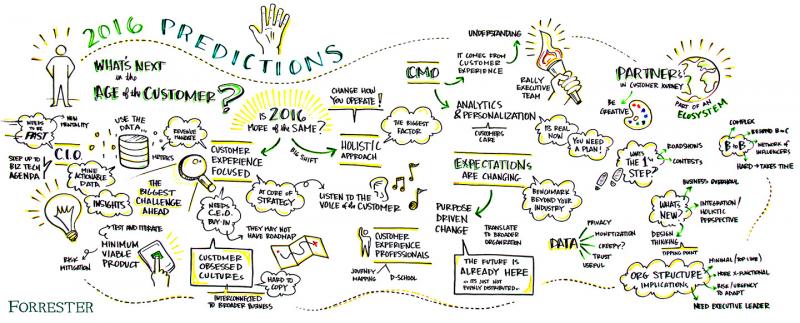
It’s complex, right? There are a lot of moving pieces, big ideas, and really big decisions. So let’s break it down:
Strategic And Operational Pressures Loom . . .
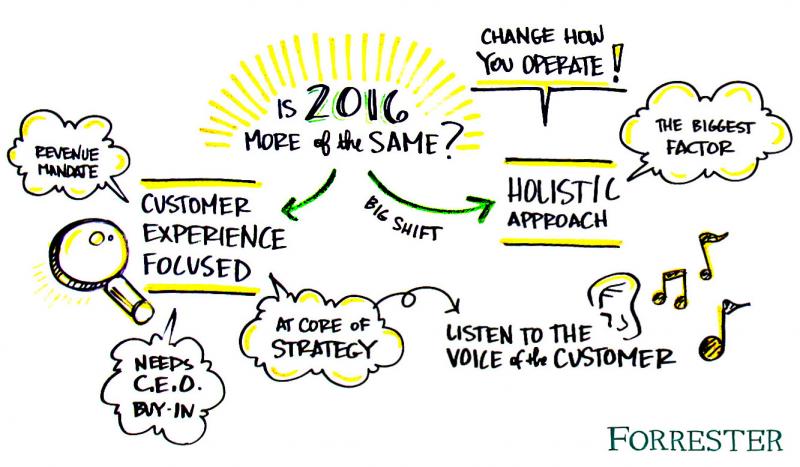 The effects of empowered customers are not the gentle ripples on the pond. Instead, they are shock waves that force businesses to make deep-rooted operational changes. Two dynamics dominate: expanding CX from a separate discipline to permeating virtually all functions with CX tools and practices as well as taking a holistic approach to putting in place a customer-obsessed operating model.
The effects of empowered customers are not the gentle ripples on the pond. Instead, they are shock waves that force businesses to make deep-rooted operational changes. Two dynamics dominate: expanding CX from a separate discipline to permeating virtually all functions with CX tools and practices as well as taking a holistic approach to putting in place a customer-obsessed operating model.
. . . And Customer Expectations Are Increasing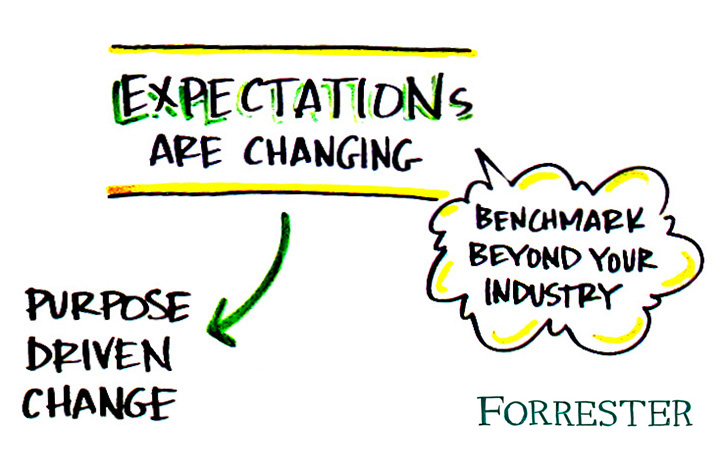
Customers continue to flex their muscles — they are holding companies accountable for delivering personalized and consistent experiences independent of industry and geography. Customers expect brands to describe a purpose — and be clear in what the brand stands for — and deliver that brand promise through every experience. And expectations, especially for digital experiences, transcend industries. That means that the very best digital experience that customers have shapes their expectation for every company independent of industry.
. . . And Those Expectations Are Increasing For Personalized Services
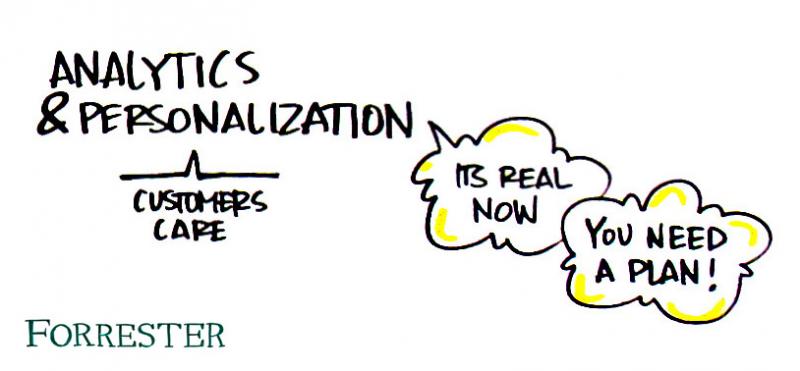 Customers have given away personal data in a value-to-value exchange model where they give companies data in exchange for good personalized services. But a gap has formed between what customers expect for personalized experience and what they actually get. The question is whether the gap is small enough to allow companies to take their time or big enough to force action now. Either way, the expectations are increasing and will force companies to marshal analytics to deliver personalized experiences across human and digital touchpoints.
Customers have given away personal data in a value-to-value exchange model where they give companies data in exchange for good personalized services. But a gap has formed between what customers expect for personalized experience and what they actually get. The question is whether the gap is small enough to allow companies to take their time or big enough to force action now. Either way, the expectations are increasing and will force companies to marshal analytics to deliver personalized experiences across human and digital touchpoints.
Personalized Services Are Really About Leveraging Data In Appropriate Ways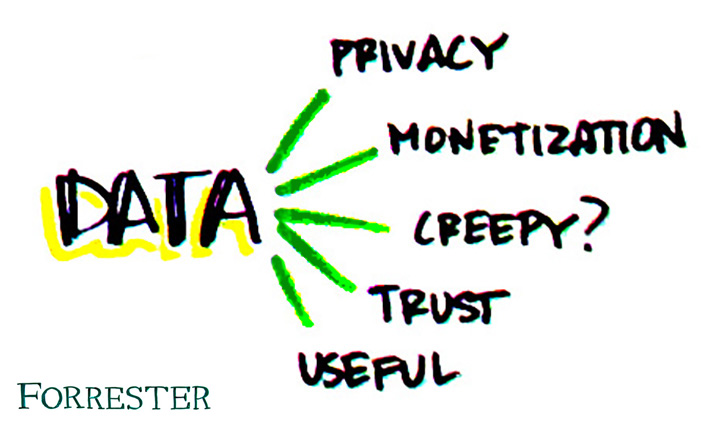
Data is the new currency. But that in part is a cautionary tale. Data can indeed be used to develop superior personalized services that directly and powerfully drive growth. It can also be a fundamental vulnerability where security breaches or the “creepy factor” can destroy the trust relationship between you and your customers. It is a delicate balance but may be the most important battle to win in the age of the customer.
The CIO Can Take Center Stage Or End Up As A Roadie
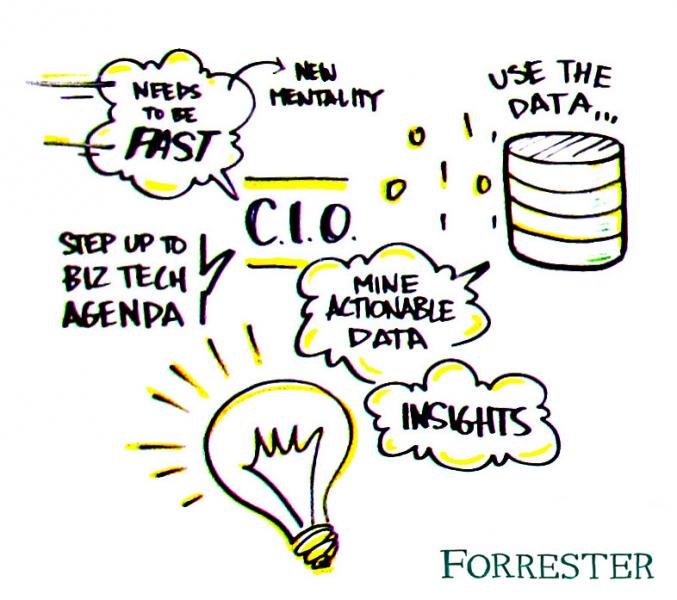 Technology is fueling empowered customers. In the same way, technology is also central to winning those customers. CIOs can have a central role in unleashing the full power of data and technology —that choice is theirs and is based on how fast and how well they take on business technologies that directly deliver value to customers versus overallocating time and energy to infrastructure that is neutral to the customer. Ultimately, an executive will take the reins of the BT agenda. The question is whether the CIO is that executive or ends up as a bystander.
Technology is fueling empowered customers. In the same way, technology is also central to winning those customers. CIOs can have a central role in unleashing the full power of data and technology —that choice is theirs and is based on how fast and how well they take on business technologies that directly deliver value to customers versus overallocating time and energy to infrastructure that is neutral to the customer. Ultimately, an executive will take the reins of the BT agenda. The question is whether the CIO is that executive or ends up as a bystander.
The Future Is Now
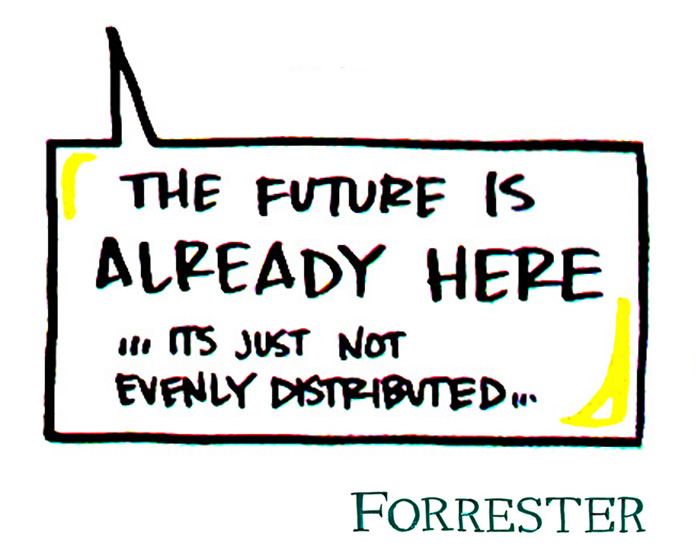
Leaders have already taken flight. Whether they predicted or sensed the new rules of the market, leaders are well underway to shifting to customer-obsessed operations, disrupting the disruptors, and winning more than their fair share of customers. This has created an uneven playing field for mainstream and laggard companies. It is, in fact, a gut check: Will nonleaders maintain market share and stay still (or go slow), or will they lose (and fail to win back) customer share of wallet that would create untenable risk to their business? It is the existential question of the day: Move or decline?
For more information on running a customer-obsessed business, download our “The Operating Model For Customer Obsession” report.